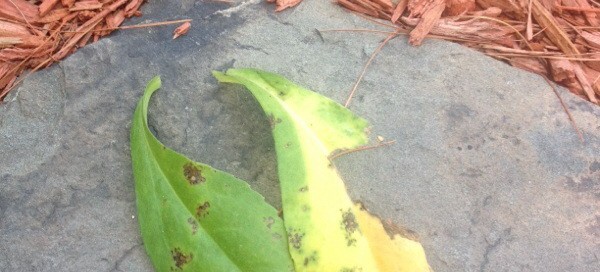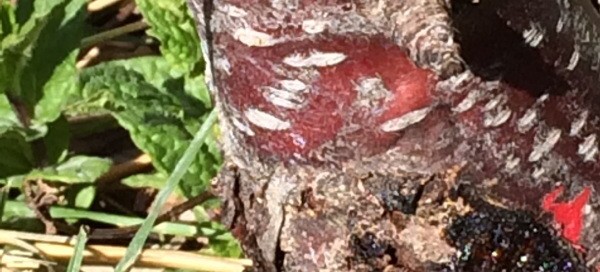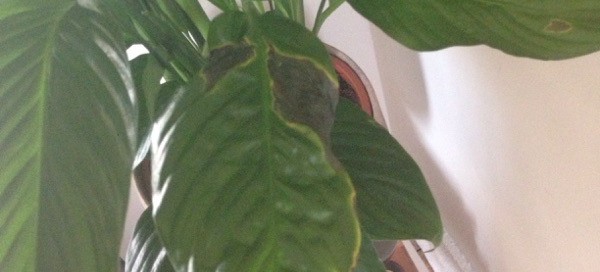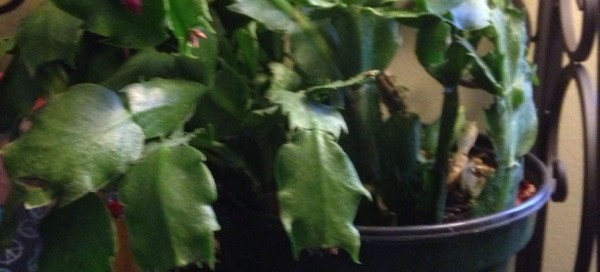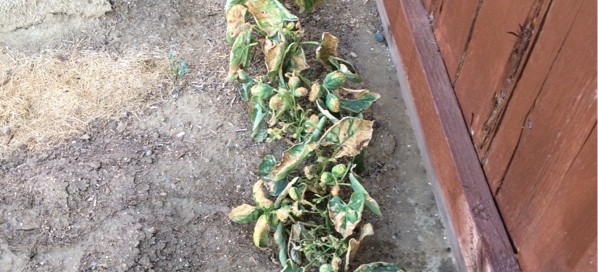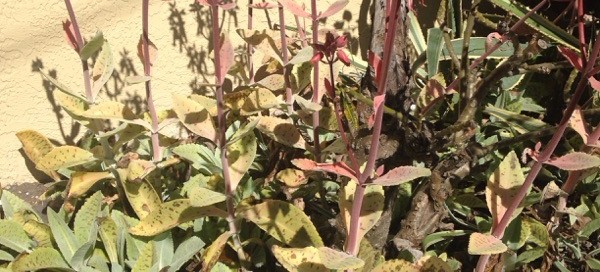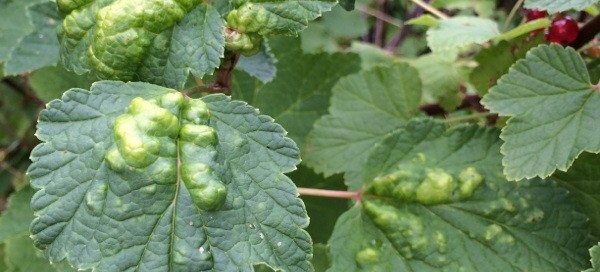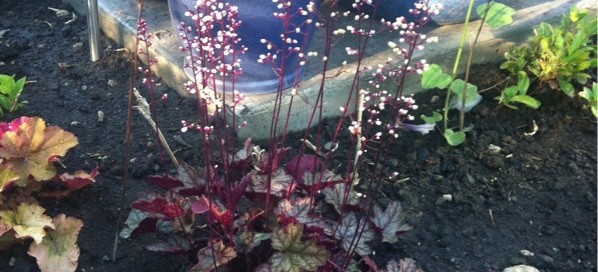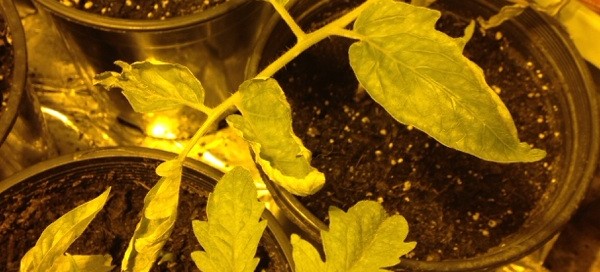Shasta Daisy
Shasta Daisy (Leucanthemum x superbum)-Leaf Spot {Leaf Blotch}
shasta daisy leaf spot
Cause Septoria leucanthemi, a fungus that overwinters on plant refuse and on living plants. Spores can be spread by splashing water from rain or irrigation. Once on the leaf, spores germinate and enter through stomata. More than 12 hours of wetting is required for spore germination and leaf infection. Optimum temperature for disease expression is 74°F to 79°F. This species has been reported in both Oregon and Washington.
Symptoms Dark brown circular or semicircular zonate spots with a central sunken pale or whitish area surrounded by somewhat elevated concentric markings. The central pale area may fall out leaving leaves with a shothole appearance. Abundant minute black fruiting bodies (pycnidia) may be seen around the rim of the shothole. Lower leaves tend to show symptoms first. If the disease is severe, leaves may shrivel and die; however, they generally stay on the stem.
